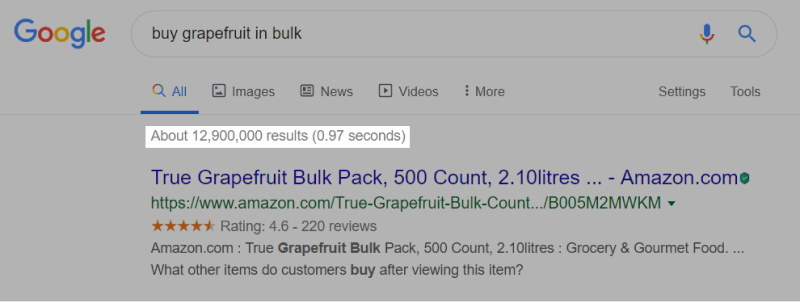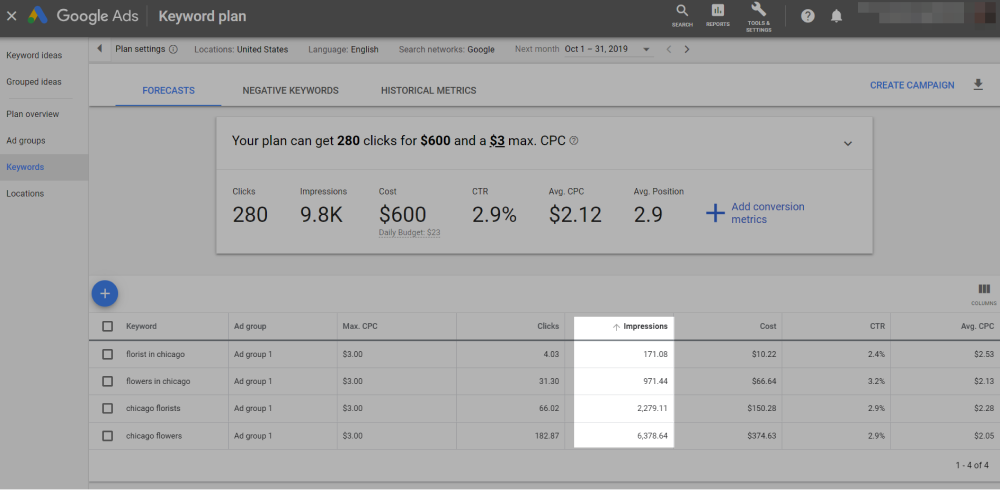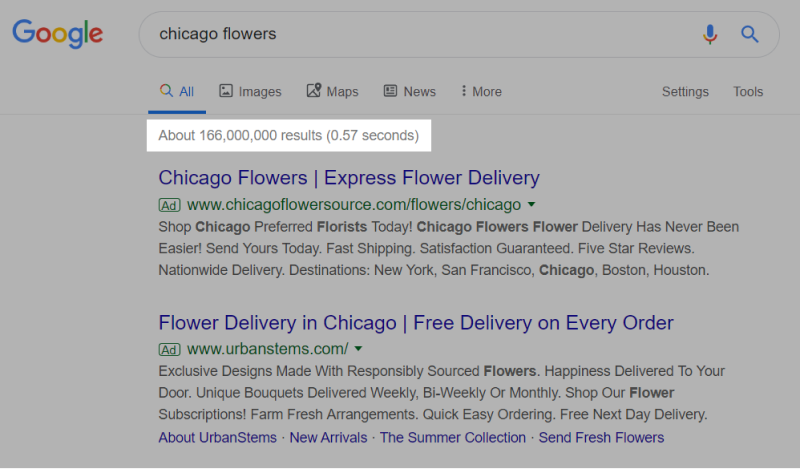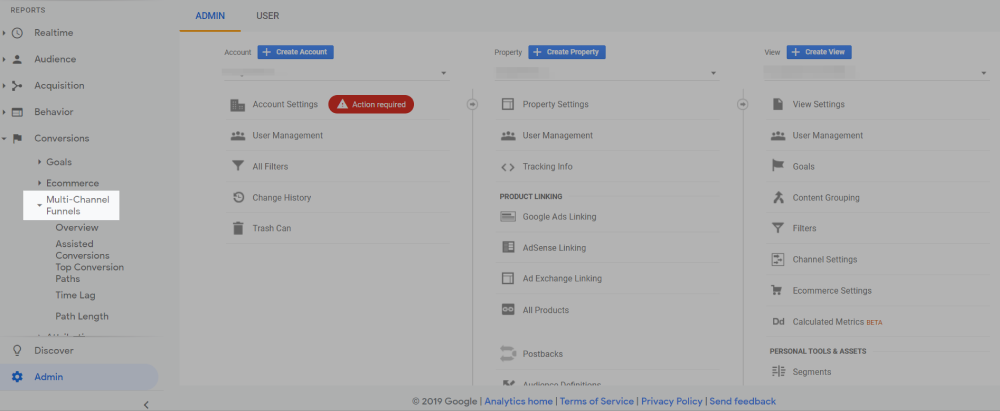In this article, we’ll learn why and how to calculate your cost per lead (CPL), recognize the elements of the cost-per-lead formula, and find out how to decrease your CPL without losing profits.
What is cost per lead?
Imagine that you’ve launched an ad campaign in social media, in contextual advertisements, and on partner websites. Afterwards, you’ve got new clients. How do you measure whether you’ve spent enough, too little, or too much money on advertisements? How do you find out what channels have brought the biggest number of customers?
To measure the effectiveness of ad campaigns you’ve launched, you should calculate how much you’ve spent on acquiring each customer. You can also calculate the number of those who got interested in your product or brand.
A person who completed a desired action is called a lead, and the money spent to motivate that user for completing that action are called cost per lead, or CPL.
Why do you need to calculate the cost per lead?
The CPL directly influences the customer acquisition cost (CAC), or cost associated with a user who has already made a purchase. When you know how much you spent on acquiring a customer and how much profit this customer brought to your company, you can define the most effective lead generation channels.
Find out your customer acquisition cost
The more expensive the product, the longer it takes for a customer to make a buying decision. You can influence that decision by, for example, telling more details about your products in emails. Then, the CAC will also include the cost of the advertisement which helped you include that customer to your mailing list.
Note! You shouldn’t confuse CPL with CAC. While CAC is a cost per each user who completed a purchase, CPL is a cost of each step that the user takes on the way to the purchase. It can be a website registration, email subscription, and so on.
Identify the most effective lead generation channel
Different lead generation channels bring different types of customers with different purchasing power. The more expensive the leads are, the more profit they might bring.
Let’s imagine that you’ve spent $1000 on social media ads and $2000 on contextual ads. As a result, you received 10 customers from both channels. However, the customers who came from social media ads spent $400 on average, while the ones from contextual ads spent $800 on average.
This way, you might have found out that contextual ad campaigns bring more valuable leads than social media. Now, you can redistribute your advertising budget in favor of contextual ads.
Adjust your product price
The product price includes not only the production cost, but also the transportation, certification, advertising, and other expenses. If you can find the most optimal advertising channels, you will be able to spend less on ads and more on production quality. In other cases, you can increase the advertisement budget and lift the price of the product accordingly.
How to calculate cost per lead
You can calculate cost per lead using a formula based on your financial data. For correct calculations, it’s important for all your actions to be displayed in the statistics. For example, if you are counting the number of calls, all of these calls should be tracked.
To find out your cost per lead, you should divide the amount you’ve spent on advertisements by the number of leads you’ve attracted as a result of launching these ads. Remember that the cost per lead should never reach the margin value. It would mean that you are running at a deficit because leads don’t become customers.
The basic cost per lead formula looks like this:
CPL = The Amount Spent on Ads / The Number of Attracted Leads
You can also use an online cost per lead calculator. For example, the online CPL calculator by The Online Advertising Guide allows you to find out the existing cost per lead, while the target CPL calculator by Jellop lets you plan the desired cost per lead based on the customer lifetime value, lead to customer conversion rate, and the desired ROI.
What factors influence cost per lead:
- Average check. The higher it is, the higher quality leads you will need, and the higher will be the cost per lead as a result.
- Customer lifetime value. While calculating your cost per lead, take into account repeat purchases. If the percentage of repeat purchases is high, then you can indicate a higher cost per lead, even though it isn’t recouped from the first purchase.
It would be great if you evaluated cost per lead separately for each channel such as Google, partner websites, or social media. This way you can test the effectiveness of each channel and get rid of the ones that don’t work for you.
How to decrease cost per lead
If you don’t have a big advertising budget, you can decrease CPL to attract more customers for the same money spent. We offer you seven ways to do that.
Lower your cost per click
Every click influences CPL directly. Let’s consider an example to see how it works. Imagine that 60 people clicked on a banner and each click cost you $5. Users were redirected to the website, where they could request a call back — the ones who did become your leads. Only 50% of website visitors, or 30 users, left a request.
The cost per lead formula would look like this:
CPL = number of clicks x cost per click (CPC) / a number of leads
60 × $5 / 30 = $10 per lead
If the cost per click is low, then the cost per lead will also be low.
However, keep in mind that CPC determines the quality of incoming traffic. On a regular basis, you should track your click-through rates (CTR) and conversions. If these numbers are much lower than the obtained CPL, then this method doesn’t do well for you.
Add or remove keywords
You need to build a semantic kernel which will help you bring in relevant users. To rank higher on the search engine results page (SERP) and not lose money on irrelevant clicks, you need to know the exact search queries of your audience. This will lead to more website visitors interested in your product, more purchases, and a lower CPL.
Track the keyword stats regularly, removing the ones which are not effective for you, and adding more keywords similar to the ones which attract relevant audience. It will work well if you use one keyword for one ad as you will be able to turn off ineffective ads right away.
You can also make a list of negative keywords, which will be excluded from your campaigns. For example, in case your service is paid, you can add “for free” into the negative keywords list.
So, track which keywords bring you the biggest number of users. Add relevant ones to your main list and irrelevant to the negative keywords list.
Use long-tail keywords
The shorter is the keyword or key phrase, the more often it’s searched by users. For example, if you enter “grapefruit” in the search bar, you will see more than 74 million results.
If you search “grapefruit buy in bulk,” you will see almost 13 million results.
 Searching for a long-tail keyword in Google
Searching for a long-tail keyword in Google
You will get less traffic from long-tail keywords, but it will be more relevant. While making a list of long-tail keywords, you need to check their competition or, in other words, find out how many websites use the same keyword to rank in Google.
To calculate keyword effectiveness index, use this formula:
KEI = a number of queries a month² / a number of search results
Calculate your KEI and then see what type of competition you are dealing with based on these numbers:
- a result from 0 to 10 means low competition;
- from 10 to 100 means average competition;
- from 100 to 400 or higher means high or extremely high competition.
You can look up a number of queries in Google Ads Keyword Planner under the “Impression” column.
 The number of impressions for keywords in Google Ads Keyword Planner
The number of impressions for keywords in Google Ads Keyword Planner
You can also see the average number of searches and check out how strong the competition is.
 Checking the average number of searches and competition in Google Ads Keyword Planner
Checking the average number of searches and competition in Google Ads Keyword Planner
And the number of search results will be visible on the search engine results page.
 The number of search results is displayed on the SERP
The number of search results is displayed on the SERP
If you have a few separate ad campaigns with long-tail and short-tail keywords, you can add short-tail ones to the negative keyword list of the ad campaign with the long-tail keywords. This won’t allow popular keywords to “steal” your traffic.
Improve your ad copy
Users are always seeking for the most relevant content, which is in line with their queries. It means that the text of your ad campaign should match the text of the landing page. Describe your unique selling proposition (USP) or an ongoing promo campaign in the ad copy.
Create a few different options and test them to find out which one converts better. For instance, Google Ads allows you to hold a split test of new ad options. For that, you should go to the “Drafts and experiments” section.
Create a new project, link it to the existing campaign, and distribute your budget between the real and the test campaigns. As soon as you get the results, you will be able to change the entire campaign based on the test or just use the test separately.
Note that you shouldn’t always try to lower the CPL. While leads from one source might have 1% conversion and from the other — 5% conversion, the difference in CPL between these sources may be no more than two times.
Analyze delayed conversions
The user’s first website visit doesn’t always guarantee conversion. Often, a user moves down the sales funnel step by step.
For example, a user journey towards the conversion might look like this:
- They click on the ad in social media, visit the website, and leave.
- They see a contextual ad, follow the link again, and sign up for emails.
- They follow the link in email and leave the website again.
- They follow a direct link and make a purchase.
In this case, you should calculate email opt-in conversion from a contextual ad and a purchase conversion from a direct link. However, the source of the lead was a social media ad, so this is a case of a delayed conversion. Then, the CPL should include the social media ad, the contextual ad, and an email costs.
You should track delayed conversions in order to have an idea where your leads come from, how people find information about you, and what path they follow. This will also help you understand how to shorten their journey and, as a result, lower CPL.
Google Analytics uses multi-channel funnels to track delayed conversions. There, you can see conversions from all channels; you can follow their history and see how valuable these conversions were in financial terms. The time period to choose can be from 1 to 90 days.
 Looking up Multi-Channel Funnels report in Google Analytics
Looking up Multi-Channel Funnels report in Google Analytics
Increase website conversions
Every user who doesn’t complete a target action, increases your average CPL. This can happen, for instance, due to the low usability of your website. In such a case, if people don’t subscribe to your emails, check if the opt-in form is too far from the fold or if it’s not user-friendly. If your website visitors don’t complete their purchases, the process may be too confusing or too long for them.
Check if your website has
- a simple and logical structure;
- an easy and fast way to fill in all the forms and make a purchase;
- well-visible detailed contact information;
- clear imperative calls to action, such as “Buy,” “Subscribe,” and so on.
You can create a heatmap using the Page Analytics add-on for Google Chrome. A heatmap will allow you to see your website performance and understand which sections of the site get the most attention.
Enhance your product
Define your USP and constantly improve the quality of your products and services. An effective offer will distinguish you from your competitors and give users a sound reason to become your customers. A useful product and a quality service will form a constant flow of loyal audience, so you will have a chance to lower your CPL by decreasing the amounts you spend on attracting new customers.
Sum up: what you need to remember
A lead is a user who completed any target action — from a click to a purchase. Cost per lead, or CPL, is the amount of money you’ve spent to guide a user to a target action.
When you know the CPL of different channels, you can find out their effectiveness and distribute your budget in the most efficient way or even change the price of the product itself.
How to calculate cost per lead:
CPL = The Amount Spent on Ads / The Number of Attracted Leads
How to lower cost per lead:
- lower the cost per click in contextual ads;
- work with your keywords: get rid of the irrelevant ones, adding similar to those which bring leads, and use long-tail keywords;
- hold split tests of different ad campaigns;
- analyze delayed conversions;
- increase website conversions;
- improve your product.
Test various lead generating channels and don’t forget about email marketing. SendPulse makes it easy to build and segment your mailing lists, personalize emails, and sell your products straight from the email campaigns. Build up your own unique email marketing strategy, and we will help you reach your best results!